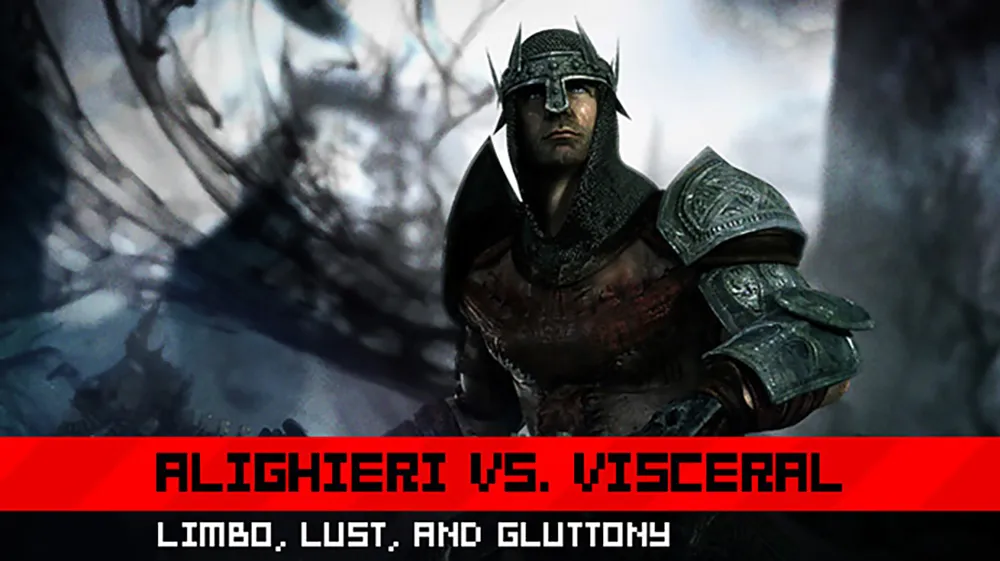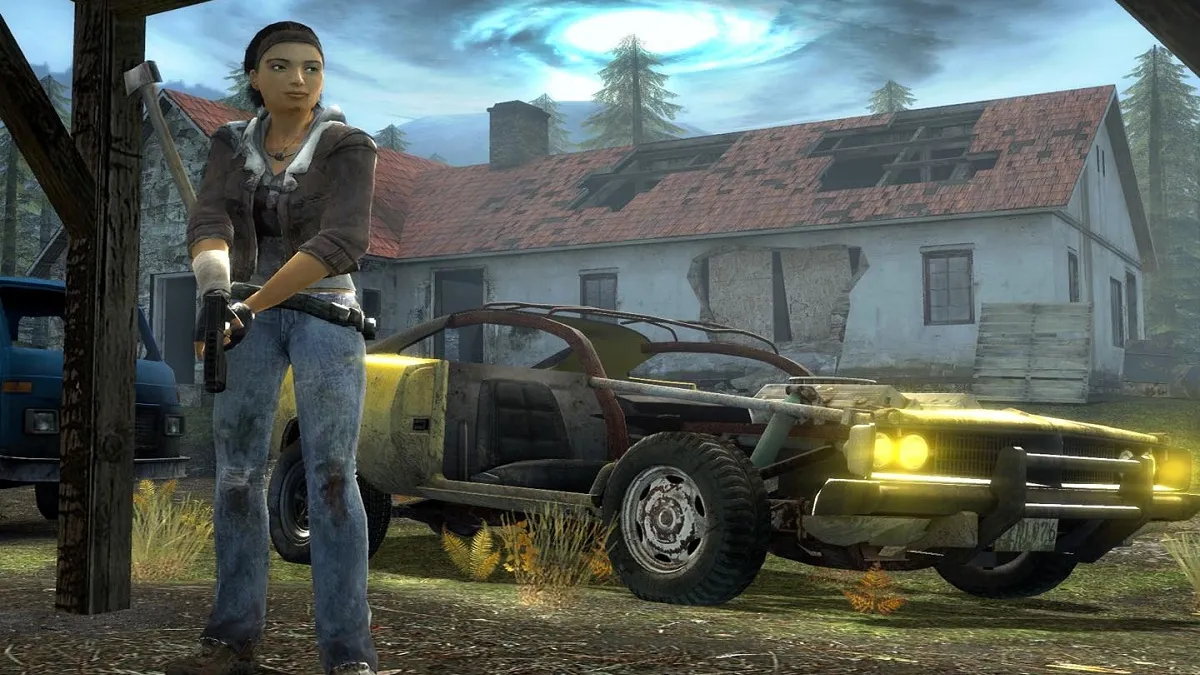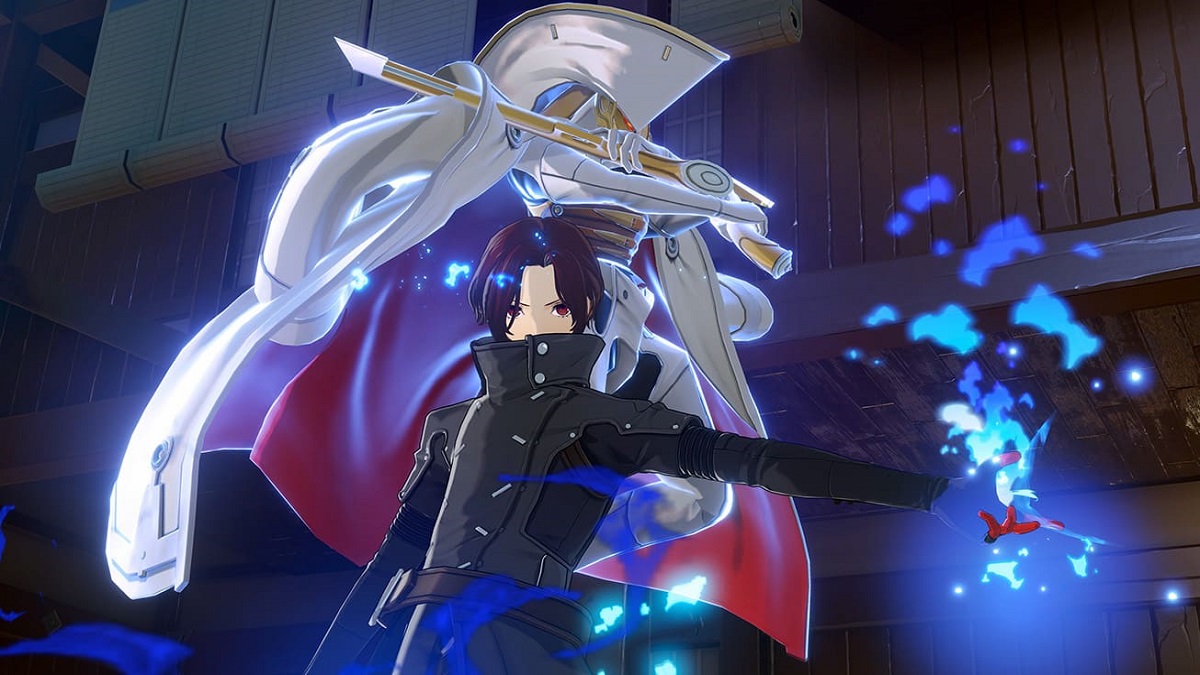It’s not exactly the easiest task, transforming any literary work into a videogame. It is especially difficult when the game is based on an epic poem or novel without something like a movie to provide assets and support. Honestly, this is reason enough to commend Electronic Arts and Visceral Games for even having the guts to create something, anything, about Dante Alighieri’s epic and monstrous Inferno. Part one of the three-part Divine Comedy, the poem has stood for 700 years as the foundation of the modern understanding of the afterlife.
So we at Destructoid became a little curious. After all, how does this masterpiece of literature stand up as a hack-n’-slash videogame? We are smart people, as are many gamers, and it wouldn’t be hard to put the experiences together. Videogame and poem, taken as one, sliced and diced, and understood, what would be found? And could both the game and poem benefit from each other? That’s what Joseph, Conrad and I decided to find out.
Hit the jump to see what we compared through the first three Circles of Hell.

Ben PerLee on The Gates of Hell and Limbo:
For this reader, it’s interesting to see how Dante’s Inferno — the game — begins, as opposed to the poem. While the game starts with the vengeful crusader Dante literally taking down Death himself, the poem is frightening in a very different way. Instead of entering Hell through a collapsing church in hot pursuit of Beatrice, the poem opens in a dark forest, where Dante is chased by three figures of the wilderness: a lion, a leopard and a she-wolf.
These figures, and the forest surrounding them, represent an ambiguous darkness — an evocation of the chaos of the world at large. While this sets the stage for the poem just fine, chasing Dante into the guidance of the poet Virgil, it does not make for an interesting videogame intro. At least, not currently; the DLC planned for the game will be addressing this very time frame, and we’ll have to see how the game deviates from the original.

Gustave Doré, Charon herds the sinners onto his boat (1890)
It is when we exit the Dark Woods in the poem (the church in the game) that Dante’s Inferno really picks up. This general area leading up to the Greek god Charon, who ferries the damned across the river Acheron, is itself is just the first of many Judeo-Christian mash-ups with Greek religion and classical theology.
What’s interesting is that the game ignores many of the initial themes within this third canto. Before we reach Charon, there are cowardly people who did neither good nor bad. They are cursed on this vestibule, never to cross the Acheron and forever condemned to hang out with angels who don’t know whether to side with Lucifer or to side with God. Oh, and they are chased by bees. While Virgil mentions these figures in the game, Dante is far from literally fighting off these people who will never enter Heaven or Hell, and instead these ambiguous cowards will be mostly ignored.
Finally, it is when Dante meets Charon that the game and the poem start to really diverge. A spindly old man with white hair in the poem, the Greek god Charon is transformed into a massive fusion of god and boat, forever transporting those condemned to Hell. A quick fight, an absolution of the figure of Orpheus (Persona 3 fans should pay attention), and boom, into Limbo we go.

This whole portion of the game is not even in the poem, as the poet Dante just wakes up on Charon’s boat and is left in Limbo. Sure, adding what had not existed before might be an easy trick for Visceral Games for some combat, but it’s jarring to compare what was once so simple and easy to something so action-packed.
Anyway, once in Limbo, the contrasting emotions between the poem and the game are strongly highlighted. In the poem, Limbo is the place where unbaptized babies spend eternity. Joining them are those unsaved who lead good lives before the coming of Christ, and are actually given a relatively good eternity. Greco-Roman writers and thinkers such as Aristotle, Plato, Homer, Ovid, Lucan, Horace, Dioscorides the taxonomist, Euclid, Ptolemy, Hippocrates, Hector, Electra, and many more stand as glorified figures, along with Islamic luminaries such as Avicenna and Saladin. They all reside here forever.
Babies are barely focused on, much less knife-wielding demons attacking the damned. Limbo stands in the poem more as a place of glorification for righteous unsaved people than anything else. Sure, it sucks to be there, but the poem is far from describing Limbo as a place of true eternal suffering.

Gustave Doré, Virtuous pagans in Limbo (1890)
Which is why the representation in the game is so strange. In it, Limbo features nasty demon babies with knives for arms, and while the level is aesthetically, well, neutral, it’s also fairly bare. Joseph found this particularly jarring in his play-through, but for a game that’s so reliant on a poem that is a veritable who’s who of classical history and mythology, and thirteenth-century Italian society, the game’s version of Limbo is a bare place indeed.
Even the throne room, where all these amazing figures should rest, is just empty. Sure, you’re supposed to be killing stuff, but this seems like a weird thing to gloss over. Considering that Visceral Games had little to work with concerning Limbo, I understand. But I feel that something’s lost here.

Bartolomeo Pinelli, Minos judges the damned (1824)
Conrad Zimmerman on Lust:
Limbo may be the First Circle, but Lust is where Hell really begins. Awaiting those whose sins are greater than an ignorance of the one true God is the mythical King Minos, judge of the damned. His role is to determine the sins of each person and cast them into the appropriate circle for their eternal punishment.
Once again, there is an absence of raw material for the designers of the game to work with, giving them considerable freedom for Minos’ look. Dante’s physical description of Minos is minimal; the King’s only distinct feature is his winding tail. When the damned approach Minos, they confess their sins to him and he wraps them within his tail a number of times equal to the circle of Hell where their torment awaits.
Having that freedom — and no doubt desiring another boss battle — Visceral portrays Minos as a massive blind man with a serpent-like lower body having two large tails where legs would be on a human. A tail is still used to lift the dead to judgment, but no confessions are made. Instead, Minos smells the sin in their blood, a much more efficient method than the one Alighieri wrote of. Upon determining their fate, he flings the dead onto a spiked wheel, which sends them down into the abyss.

Dante’s interaction with Minos differs vastly between the two mediums. The poem sees Minos addressing Dante, warning him of what awaits below. Virgil waves off the guardian by pointing out that Dante’s quest is ordered by a higher power, and the poets proceed. While Minos is certainly an important fixture in Hell, relatively little time is spent with him.
Visceral’s version of Minos judges Dante instead, and it is here that we are given some idea of the depth of sin of which this Dante is guilty. The blind judge declares that he smells “a traitor, a glutton, a murderer” in him. In saying this, Minos foreshadows Dante’s journey by placing him among the most reviled of Hell’s residents, the betrayers in the Ninth Circle.

Priamo della Quercia, Punishment of the Lustful; Paolo and Francesca (1444-1452)
Beyond Minos lies Lust, the Second Circle, home of those who allowed carnal desires to overtake them. Alighieri described this circle as being enveloped in an “infernal hurricane.” Those whose fate it is to spend eternity here are whipped and flung by vicious winds, a torment symbolizing the manner in which their emotions carried them through life.
Dante sees many historical and mythical figures in those winds, including Cleopatra, Achilles, and Paris. He also speaks with Francesca da Rimini, an Italian lord’s daughter who was murdered by her deformed husband from an arranged marriage after she had an affair with his brother. Talking to Dante, Francesca claims that it was the tale of Lancelot and Guinevere that seduced the woman and her lover.
All of the above do find their way into Visceral’s version of Lust. Francesca lies at the entrance, weeping while she relates her story as one of the game’s many shades, as does Queen Semiramis of Assyria. And for the majority of the time Dante spends in Lust, he is surrounded by a massive, twisting wind carrying the bodies of the damned. The only difference is that he’s inside a tower — very clearly a vein-covered phallus — which is being climbed King Kong-style by a fifty-foot-tall Cleopatra who has mouths for nipples.
The obvious sexual imagery doesn’t stop there. Snakes play a considerable role in the design and are a central part of two puzzles in climbing the tower. But if that’s too subtle for you, the point is driven home by the penis columns used as decoration. Even the wailing screams of the dead twisting in the wind sound a little like the vocal track of The World’s Biggest Gangbang. The design is so over-the-top that it cannot be taken seriously and seems to only exist to see how many dicks Visceral could get in there.

Visceral does make one attempt to broach the topic with a bit more dignity, though. On the approach and egress from the tower, a path is lined with pairs of crumbling statues looking at each other with a longing gaze. Looking more closely, you can see that these were not originally pairs, but single pieces broken at the arms — and that some of them still have the hands of their lover attached to them.
Somebody probably tried to wedge a dick in there.

Joseph Leray on Gluttony:
In an essay titled “Tradition and the Individual Talent,” T.S. Eliot wrote that “Dante’s is a visual imagination.” Not that I’m in any position to disagree with Eliot about Dante’s poetics — Eliot obviously spent a great deal of time thinking about the Florentine poet, given that parts of the Inferno pop up in The Waste Land and The Love Song of J. Alfred Prufrock — but the third circle of the Dantean hell, Gluttony, offers very little in the way of atmospheric details. Dante finds himself “in the round of rain / eternal, cursed, cold, and falling heavy, / unchanging beat, unchanging quality. / Thick hail and dirty water mixed with snow / come down in torrents through the murky air, / and the earth is stinking from this soaking rain.”
And that’s pretty much it, given that, at this point, Dante and Virgil are distracted by Cerberus, the three-headed hound and the classical guardian of Hades — portrayed by the first Harry Potter movie as an enormous pitbull, and by Visceral Games as something that looks like it would’ve been better suited for Lust. (No, seriously: Cerberus looks like a giant penis with teeth.) Virgil outsmarts the hound by feeding him some mud; satisfied with his meal, and in keeping with the circle’s theme, Cerberus lets the Poetic Duo pass. In the game, there’s a vestige of Virgil’s approach: Dante lets himself get eaten and blasts his way out with his cross.

Gustave Doré, Dante and Virgil among the gluttons (1890)
But I digress. The art that has so long defined our visual representation of the Inferno — Gustave Doré’s woodcuts, for example, or the paintings of William Blake and Salvador Dali — is hardly more useful; most artists instead focused, like Dante did, on Cerberus. Visceral was more or less on its own when it came to the visual design for Gluttony and, a few drops of rain aside, they took a rather thematic approach to its depiction — mouths and other bodily imagery dominate.
The walls of Visceral’s round of Gluttony are a sick, fleshy pink color, and the damned souls are mired not in rain, but in a putrid, yellow bile, literally weighed down by their obsession with food. The walls are lined with pockets of pus exploding from what appear to be sphincters, and the bridges connecting the level’s different rooms look like purple, calloused tongues.
The corporeal visual metaphor is extended to the new type of enemy that Gluttony introduces — blind, “Bob has bitch tits”-inspired creatures with (get this) mouths where their hands should be. The Gluttons, slow and lumbering, usually attack by projectile-vomiting at Dante. You might think that maneuvering Dante behind them would be a good way to steer clear of the barf attack, until they bend over and try to shit on you.

Alessandro Vellutello, Overview of Cerberus and gluttons (1544)
The Gluttons, as disgusting as they are, probably represent the apex of the level for most players, but the second section of Gluttony is so interesting — academically and from a level design perspective — that it bears exploration.
After fighting his way through some boilerplate action sequences, Dante finds himself in front of a glossy portal that transports him out of Gluttony and into something that, I presume, represents his psyche. It’s no longer fleshy or gross — it looks more like a ruined temple. Here, Satan explains to Dante that this is “his” Hell: players come to learn that Dante has some connection, direct or indirect, to each sin punished in the Inferno. After another fight, there is a puzzle based on a series of mirrors and the Droste effect, which, I guess, is designed to reflect the sudden dash of introspection that Visceral brings into play.
This section of Gluttony isn’t only interesting because it completely breaks any sort of momentum the level had or because it introduces an introspective quality to a game that had been hitherto exclusively concerned with stabbing demons in the face with a scythe; it’s interesting because the only time that the actual level design changes is when the player gets to peek into Dante’s head. That’s not to say that Dante’s past transgressions and personal foibles aren’t explored further (with varying degrees of success) throughout the game; it’s just usually done through cut scenes.

Normally, I might complain that using a portal to transport Dante to a section of Hell totally unrelated to Gluttony might seem arbitrary and too “game-y,” but the bar for suspension of disbelief is raised pretty high when the rest of the level consists of tiny assholes on the walls trying to blow pus at Dante as he walks by.
What Gluttony lacks in details from the poem or any real sense that people are being tortured there, it makes up for in shock value and the first look at the scope of Visceral’s fiction. Dante’s Inferno isn’t likely to be remembered as an intellectual juggernaut, but Visceral at least toyed with the idea of having Gluttony’s puzzle section reflect and refract Dante’s psychological trauma. While the mirror puzzle has only a tenuous link to this notion of Dante’s personalized Inferno, it is precisely the kind of stuff that I wish Visceral had done throughout the rest of the game. In short, Gluttony is the first time that Visceral made me think that their version of the Inferno might be interesting in its own right (if only because I missed some clever foreshadowing in Limbo and Lust).
[There you have it. Expect our retrospective on the next three Circles of Hell — Greed, Anger, and Heresy — soon.]




